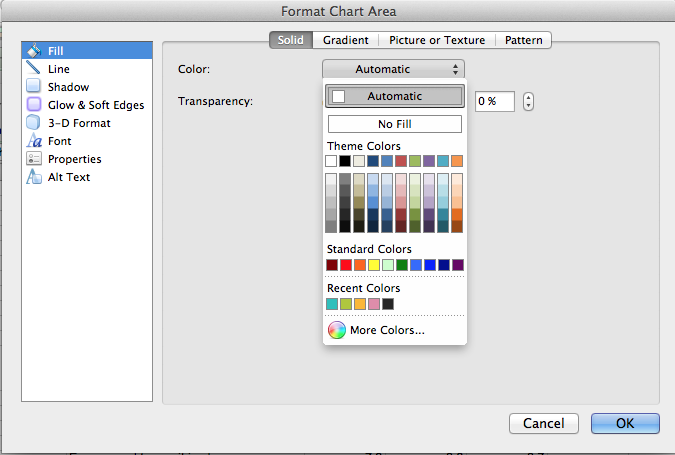Becoming an Entrepreneurial Instructional Designer: Know What Sets You Apart
This is the age of the side hustle.
As a multipassionate and multipotential person, I want to experiment and grow with my different giftings through my side hustle. I have started consulting work as a side gig using my Adobe Captivate, graphic and motion design skills. This doesn’t mean I’m not going to hold a fulltime job. My side hustle is a side hustle; it’s not my main occupation.
My next growth phase as an instructional designer (ID)/learning designer is to learn to become more self-directed in securing and working on small projects that serve the public good. I am in the process of becoming entrepreneurial; diving into independent and freelance consulting contributes to that entrepreneurial growth. I have no manual to show me the way; no guide on how or what to do. I have, however, good friends who share their own freelance experience and tips with me. I have also been watching, reading and learning about setting up my own side gig.
The following videos and questions help me to not just establish a freelance gig, they also help me to become a better ID overall.
Casey Brown’s TED Talk on Know Your Worth, and Then Ask for It
- What are my clients’ needs and how do I meet them?
- What is my unique skill set that makes me better qualified to serve my clients?
- What do I do that no one else does?
- What problems do I solve for clients?
- What value do I add?
Paco de Leon’s TED Talk on The Secret to Being a Successful Freelancer. Her tips overlap with those of Casey’s—basically we need to know our uniqueness.
The following information comes from her talk (via transcript):
- What you do: why would anyone hire you over your competition? What sets you apart could be what you do, why you do it or how you do it
- Who you do it for. After you determine what sets you apart, position yourself for your ideal customer. In order for this to be effective, you must narrow your focus. Without focus, you try to be everything for everyone, and you end up being nothing for nobody. Then, use the kind of language that appeals to your target customer. Create the kind of marketing materials or the kind of portfolio that attracts them. Then be in the real-life and virtual places they are.
- When it’s time to talk money, understand the real value that you create. You’re not just being compensated for the time that you work on a project. You’re being compensated for everything you’ve learned and everything you’ve done over the years that make you excellent at what you do. Ask yourself questions like: How does your service impact a customer’s bottom line? How do you create efficiencies that generate cost savings? How much money can your customer make from a product that you helped them create?
I believe instructional designers are uniquely positioned and have the capability to engage in side hustles. Why? The breadth of our work means we have to be multitalented; if not, you are or should be trained as an ID to be capable of doing many things—tech geek, media specialist, project manager, LMS support staff, content writer, etc. Any of these skills empowers us to have the catalyst for starting a small business venture. I find that pushing myself to become entrepreneurial helps me to grow professionally.
Use the above questions to think about the focus of your own ID work. What sets you apart? How could you add value to your client? What problems do you help them solve?



